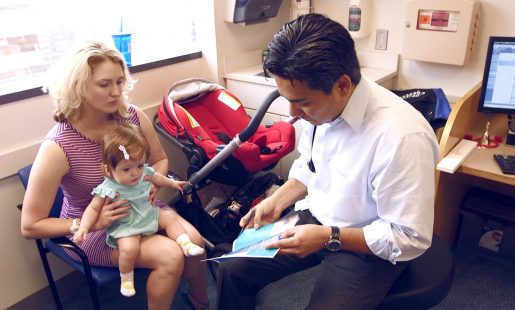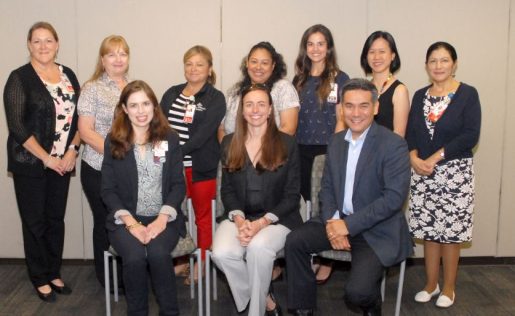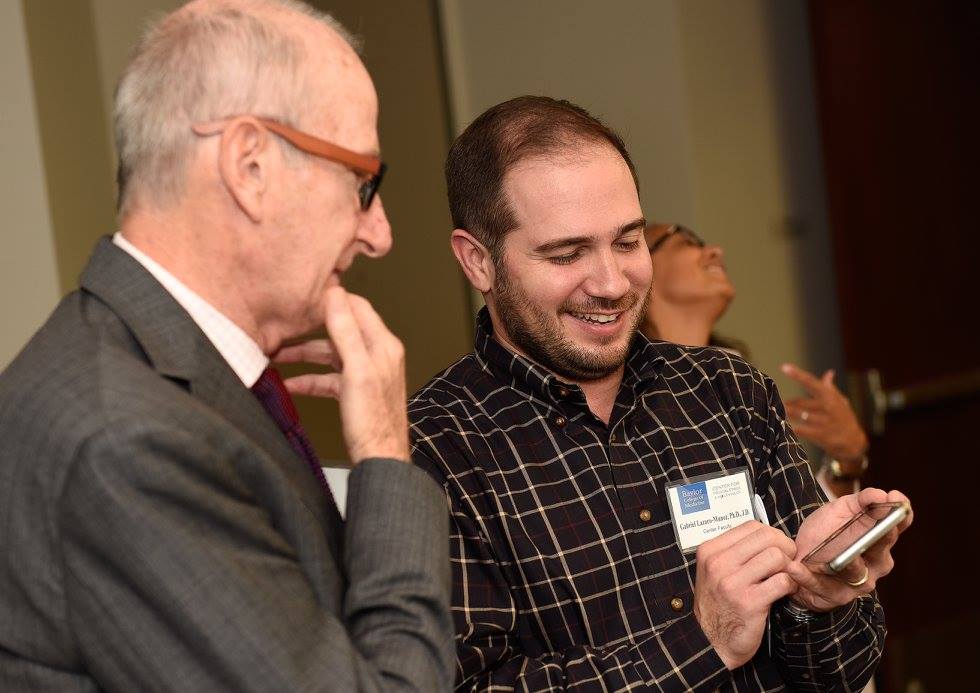Think globally, act locally: Caring for families with neural tube defects
The COVID-19 pandemic has reminded us that we live in a globalized community. Enthusiasm for medical knowledge is contagious. The pandemic has had a dramatic, and obvious, borderless impact on global public health. It’s important to also appreciate that other diseases have been impacted by this “small” world phenomenon.
Neural tube defects (NTDs), severe birth defects of the brain and spine, have widespread significance. Globally, nearly 300,000 babies are born with NTDs each year. Decades of research indicate folic acid before and during pregnancy can help prevent NTDs. The scientific community has broadly shared this guidance, in particular the need to fortify stable foods with folic acid, and it’s had a positive impact on global NTD prevalence – albeit with divergent implementation rates among many countries.
These international gains are due to clinical recommendations made widely available, and the education and advocacy of professionals around the world. These professionals leveraged medical knowledge to craft policies that benefit broad sectors of their countries’ population. And increasingly, our digital age connectivity is bringing together healthcare providers and investigators to share what they are learning with colleagues around the world.

An example of this spirit is embodied in the development and dissemination of the new clinical care guidelines for people living with spina bifida (SB), one of the most common neural tube defects that occurs when the spine and spinal cord don’t form properly. The Spina Bifida Association’s (SBA) Collaborative Care Network, through a cooperative agreement with the National Center on Birth Defects and Developmental Disabilities (NCBDDD) in the CDC, recently updated the care guidelines.
To accomplish this, the SBA convened international multicenter teams as working groups. This approach led to production of the fourth edition of the “Guidelines for the Care of People with Spina Bifida.” This effort, involving more than 100 international clinical and research experts, employed evidenced-based research and consensus methodologies to produce a comprehensive set of guidelines. This includes a range of topics, from prenatal counseling to transitions and aging. These guidelines know no borders and will be used across the globe supporting policy change in a local context.
Even though fortification recommendations already span the globe, recalcitrant rates of new folic acid preventable NTD cases remain high in many nations. The concept of “blue marble health” can help explain why. It’s a framework, introduced in 2013, that illustrates that most of the world’s neglected tropical diseases occur among the poor living in wealthier nations.
Developed countries have the resources to implement prevention measures and direct research and development – so they could eliminate several neglected diseases, if activated appropriately. This applies directly to SB and efforts among developed economies such as many in North America and Europe.
Additionally, even among those countries with robust services for children, many struggle to provide adequate services for adults with SB. This challenge is magnified in low-income countries and among immigrant or minority populations in wealthier nations.

In our “blue marble world,” the number of immigrants and refugees is escalating as we see at our center. At Baylor, as part of the CDC’s National Spina Bifida Patient Registry, we are witnesses to this demographic shift. Immigration is a social determinant of health that can significantly affect care provision. Language differences, cultural beliefs, acculturation, as well as local professional norms and institutional resource constraints, must be taken into account when these guidelines are implemented globally.
Locally, our team not only authored some of these international guidelines, but also cares for individuals affected by spina bifida from around the country, offering each family hope and up-to-date care. We leverage quality improvement methodologies and research to deliver multidisciplinary management. Thus, these guidelines could not come at a more suitable time. People need updated recommendations, and we are hopeful the digital age will help ensure their wide distribution.
-By Jonathan Castillo, M.D., M.P.H., FAAP, associate professor of pediatrics, director of the Spina Bifida Program and Global Patient Clinic in the Meyer Center for Developmental Pediatrics, Texas Children’s Hospital and Baylor College of Medicine
For more information, please see. “Guidelines and scientifically-based spina bifida care: Guidance across the lifespan in a global health context”



